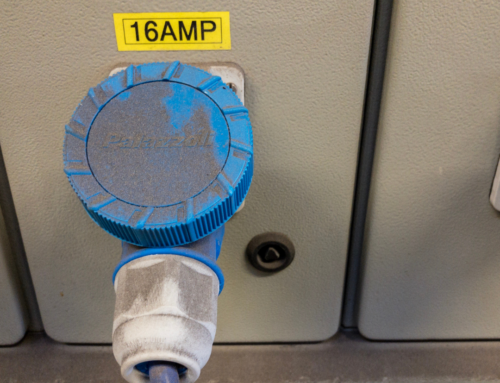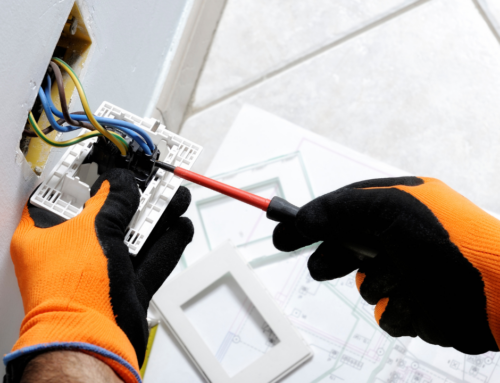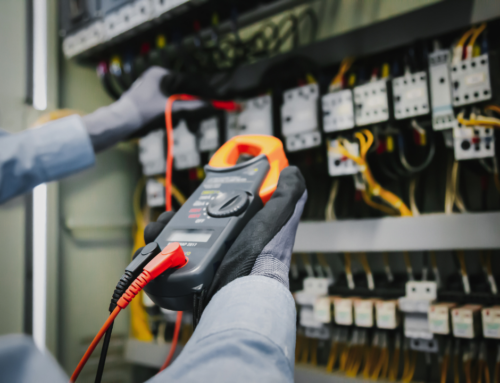Portable Appliance Testing (PAT) is a crucial process in the maintenance of electrical appliance safety in commercial environments. It involves the examination of electrical appliances and equipment to ensure they are safe to use, thereby reducing the risk of electrical accidents. While the term “PAT testing” is widely recognised, understanding the legal requirements surrounding it is essential for businesses aiming to comply with UK safety regulations.
The legal requirement for PAT testing does not stem from a single piece of legislation. Instead, it is supported by several regulations and acts designed to ensure the safety of electrical equipment in the workplace. These include:
The Electricity at Work Regulations 1989: Perhaps the most directly relevant to PAT testing, these regulations require that all electrical systems (including appliances) are maintained to prevent danger. However, it does not specify how this should be done or how often, leaving the responsibility with the employer to determine the necessity and frequency of testing based on risk assessments.
The Health and Safety at Work etc. Act 1974: This act places a general duty on employers to ensure the safety of all employees while at work, as well as the public who may be affected by their work activities. This includes obligations related to electrical safety.
The Provision and Use of Work Equipment Regulations 1998 (PUWER): These regulations require that equipment provided for use at work, including electrical appliances, is safe, suitable for the purpose, and properly maintained.
The Management of Health and Safety at Work Regulations 1999: This requires employers to carry out risk assessments, including the risks associated with electrical appliances, and to take appropriate measures to address these risks.
Implementation of PAT Testing
Given the legal framework, PAT testing becomes a necessary part of an employer’s electrical safety maintenance regime. The frequency and extent of PAT testing depend on several factors, including the type of appliance, its use, and the environment in which it is used. A risk-based approach is recommended, where more frequently used or higher-risk appliances are tested more regularly.
Documentation and Record Keeping
While there is no legal requirement to keep records of PAT testing, it is considered best practice to do so. Records can provide evidence of due diligence and compliance with the regulations mentioned above. They can also be useful for tracking the condition of electrical appliances over time and planning maintenance schedules.
The Role of Competent Persons
The Electricity at Work Regulations 1989 require that any person undertaking electrical work or testing must be competent to do so. This means they have the necessary skills, knowledge, and experience to prevent danger and injury. Employers must ensure that anyone carrying out PAT testing meets these criteria, whether they are an internal employee or an external contractor.
In summary, while there is no specific legal document that states “PAT testing must be done annually” or at any other specific intervals, the combination of various health and safety regulations makes it a legal requirement for employers to ensure electrical appliances are safe to use. PAT testing is a widely recognised and effective method of fulfilling this requirement. By adopting a risk-based approach to PAT testing, employers can ensure they comply with UK safety regulations, thereby protecting their employees, customers, and businesses from the potential dangers associated with electrical appliances. Contact us if you’re looking for a regular check for your business to ensure compliance with safety regulations, maintain operational efficiency, and safeguard your employees and assets against electrical hazards.







Leave A Comment